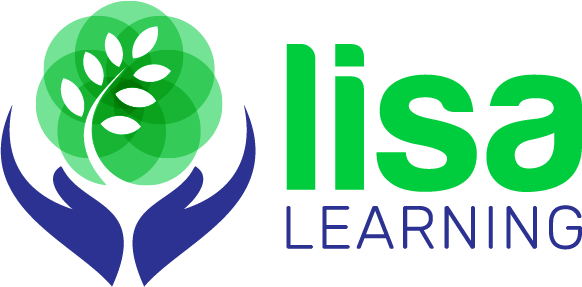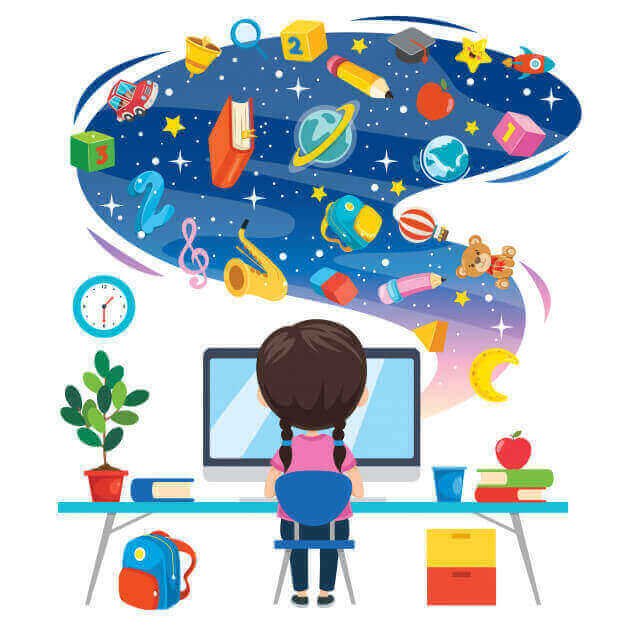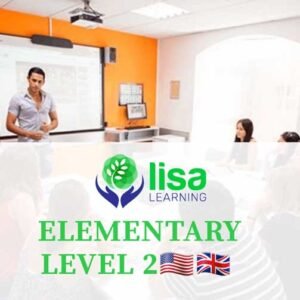ICT applied in language learning has become a demand in a teaching institution. The development of technology nowadays is vast. The conditions the world is confronting nowadays are changing every moment. As a result, the changes that urge education are a necessity.
The ICT applied by a teacher as an approach are numerous. The variety of these tools we can apply is great. We can choose from tools that help us create or tools we can use to communicate. Their scope used in teaching a language gives us the right tracks to improve our teaching abilities. This way, students reflect good achievements.
Students of the present belong to generation Z. They are on track to be the most well-educated generation yet. They have little or no memory of the world as it existed before smartphones. That is why they are digital natives. So, a teaching approach with technology is a normal process with this generation.
What are some reasons for using ICT tools in language learning?
The reasons for using ICT tools in language learning are different.(Pete Sharma and Barney Barret 2007).
They are motivating. They are an approach that the students feel comfortable to work. Generation Z, they are more motivated when working with technology.
On the other hand, these tools provide instant feedback. We can acquire feedback with the tasks we assign, exercises we prepare. And also with large performances as well.
These tools are time-saving, too. We can prepare materials and reuse them. As a result, there is no necessity to remake them from scratch. We can edit them according to the class need.
We require the students to prepare a task that requires information. The internet is the first source they address to. They promote language learning with direct and authentic material from the internet.
What ICT tools can we use?
As long as teachers have the willpower to bring a change in the teaching process, they will reflect good results. The sources are numerous. The key is to know where to find the right tools and what to use in the lesson.
E-creation tools.
You can choose e-creation tools that ”generate ” creative learners. If you assign a task to complete, the students will equip themselves with a lot of skills. Through these tools, the student will be creative. He will explore information. He will discover how to manage the information he selects and eventually give a product. The student practices reading and writing skills, apart from critical thinking.
E-communication tools
On the other hand, e-communication tools generate ”interactive ” learners. Applying these tools, students communicate ideas and use the language . They interact with each other to give solutions to problems. They also exchange ideas and enrich vocabulary. Apart from the linguistic aspect, these tools help the student develop even socially. Through interaction, they learn how to be tolerant, open to new ideas, learn about other cultures.
However, the main shortage of informatization of the education process lies in teacher ICT capability. ICT capability involves the appropriate selection, use, and evaluation of ICT. It is the ability to access to use, develop, create and communicate information appropriately. This way it means to solve problems, develop ideas, create models and control devices, by using technological tools. It depends on the way how it is used by the teacher.
What ICT tools do we suggest?
There are a lot of tools we can suggest.Here are some that can help you have a good and successful start.
Podcasts and videos
In a conventional classroom, there mainly is only one way for a student to complete an assignment. This might be an essay or a worksheet. ICT applied in language learning can offer multiple options. For instance, students may be able to create a podcast or a video to show what they know. They present their product in the best way. The students create their own videos/audio output . Importantly, they share them with their class on the blog or school website.
Comic strips
They may even be allowed to draw a comic strip. For example, using the new vocabulary interestingly and creatively because students love cartoons and comics. By employing them in teaching, students directly get engaged. consequently, creating their own comic strips or cartoon animations gives them the possibility to delve into their creative powers without hesitation. There are tons of possibilities for completing assignments, as long as students meet the lesson goals.
Blogs and games
Blogs develop the creative thinking and writing skills of students. As a result, they can post whatever they want and comment upon or share each other’s material. They openly write on topics that attract them and give space to their ideas without having to feel timid about grading or grammatical errors.
Games are one of the best options for instilling co-operation and creativity. Educational games keep students engaged with their studies. Meanwhile, they stimulate the interactive and imaginative element in their thinking and funnel it towards creativity.
In conclusion, ICT tools are very rewarding, for instance in teaching a foreign language. The key to success lies in the fact, how well do teachers choose and use them. Students, on the other hand, would be apt to make the most out of them. Consequently, they delve into language learning through the ICT applied in language learning.






